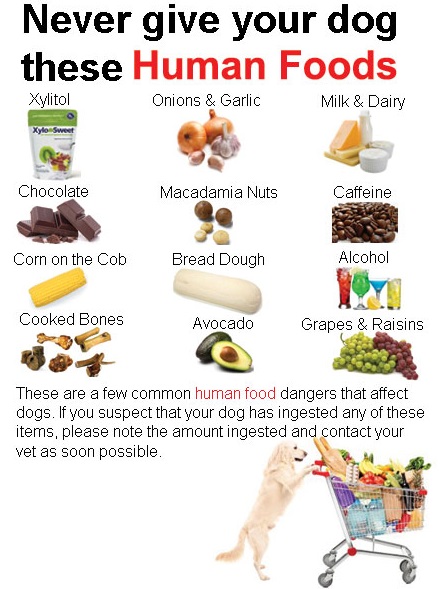
05 Mar Xylitol Ingestion in Dogs
Xylitol is an all-natural sweetener found in many fruits and vegetables, including berries, lettuce, mushrooms, and plums. It’s not a drug, or chemical but it is produced by the human body during normal metabolism. Xylitol was first discovered in 1891 by German scientist Emil Fisher, however, it wasn’t used on a large scale until half a century later during World War II. The growing popularity of this all-natural sweetener is because of the exceptional dental, sinus, and overall health benefits.
Saline solutions that contain xylitol, such as Xlear Nasal Spray, is hyper-osmotic which draws in moisture and keeps the nasal passages and sinuses more hydrated and clean than saline alone. This health-promoting combination is designed to aid in in the relief of irritation caused by pollutants, allergens and germs in the nasal passages.
There have been many large-scale clinical studies over the past thirty years that have show xylitol to have long-lasting dental benefits such as improved oral health. When used properly, xylitol gums, mints, candies, and the Spry Dental Defense products may reduce the risk of tooth decay.
Xylitol is increasingly gaining acceptance as the preferred alternative sweetener because it has similar bulk and taste as sugar, is safe for those needing to limit their sugar consumption, and it has 2/3 the calories of table sugar with a 1:1 sweetness.

Even though xylitol has extraordinary sinus, dental, and health benefits for humans, do not give xylitol to pets. If dogs ingest xylitol, they run the risk of going into hypoglycemic shock. Chocolate is a comparable example of a food that’s safe for you, but bad for your pets. Pet owners must know not to give ‘people-food’ to pets for any reason as their bodies aren’t able to metabolize it. For you convenience, we’ve included a list of other not pet friendly products on this page. Xlear Inc. is not qualified to give pet owners veterinary advice. If you think your pet may have accidentally ingested any xylitol, observe for possible signs and symptoms and contact your veterinarian.
Whats Happens When Dogs Ingest Xylitol?
Oral absorption of xylitol varies greatly among species. Xylitol is absorbed rapidly and almost completely in dogs with a peak concentration occurring in approximately 30 minutes.
Signs and Symptoms
Hypoglycemia may develop when dogs ingest as little as >0.1 gram/kilogram according to ASPCA Animal Poison Control Center (ASPCA APCC). Vomiting is typically the initial sign of xylitol ingestion. Onset of hypoglycemia may occur as early as 30 minutes or may be delayed for up to 12 hours (ASPCA APCC Database: Unpublished data, 2003-2006). After, symptoms may range from lethargy to ataxia (a neurological sign consisting of lack of voluntary coordination of muscle movements), collapse, and seizure. Additional side effects may include hypokalemia, because insulin’s property of moving potassium into the cell along with glucose,1and hypophosphatemia, since insulin can increase cellular permeability to the phosphate ion.2 In humans, xylitol causes little increase to insulin release or changes in glucose concentrations in the bloodstream.3
Additional Dangers
There have been cases of acute liver failure following xylitol ingestion.4 In a study on canine liver failure, six out of eight dogs did not appear to develop hypoglycemia before the onset of liver failure. 5 Five out of eight dogs were either euthanized or died. The lowest estimated dose associated with liver failure to date has been 0.5 grams/kilogram (ASPCA APCC Database: Unpublished data, 2003-2006); however, it is not clear at this time whether the effect is dose-related or individual sensitivity. Click here for more information on this specific case study.
Treatment
First consult your veterinarian. If xylitol is the first sugar alcohol in the ingredient list, then the dose estimate should be based on the total amount of sugar alcohols per piece even though this will result in an overestimation of xylitol dose. According to the ASPCA APCC, dogs ingesting > 0.1 gram/kilogram of xylitol should be considered at risk for developing hypoglycemia, while doses of >0.5 grams/kilogram may be hepatotoxic.
Conclusion
Xylitol toxicosis is growing in the United States according to the ASPCA APCC. More than likely based on the increasing number of products that contain xylitol. Please store your xylitol products out of reach of your pets.
1. Church D. Electrolyte disorders. In: Ettinger SJ, Feldman EC, eds. Textbook of veterinary internal medicine: diseases of the dog and cat. 6th ed. St. Louis, Mo: Elsevier Saunders, 2005;236-240.
2. Fredlman EC. Disorders of the parathyroid gland. In: Ettinger SJ, Feldman EC, eds. Textbook of veterinary internal medicine: diseases of the dog and cat. 6th ed. St. Louis, Mo: Elsevier Saunders, 2005;1508-1535.
3. Kuzuya T, Kanazawa Y, Hayashi M, et al. Species difference in plasma insulin responses to intravenous xylitol in man and several mammals. Endocrinol Jpn 1971; 18:309-320
4. Dunayer EK, Gwaltney-Brant SM, Acute hepatic failure and coagulopathy associated with xylitol ingestion in eight dogs. J Am Vet Med Assoc 2006;229:1113-1117.
5. Dunayer EK, Gwaltney-Brant SM, Acute hepatic failure and coagulopathy associated with xylitol ingestion in eight dogs. J Am Vet Med Assoc 2006;229:1113-1117.
